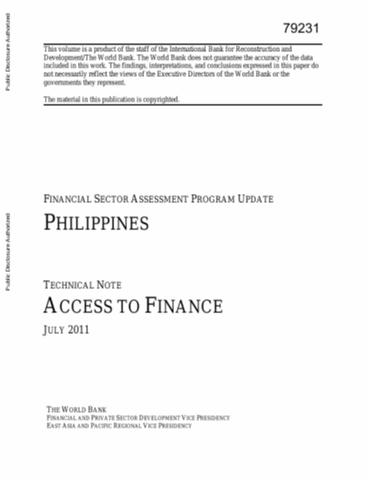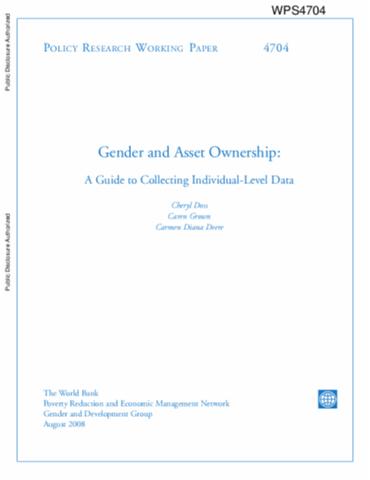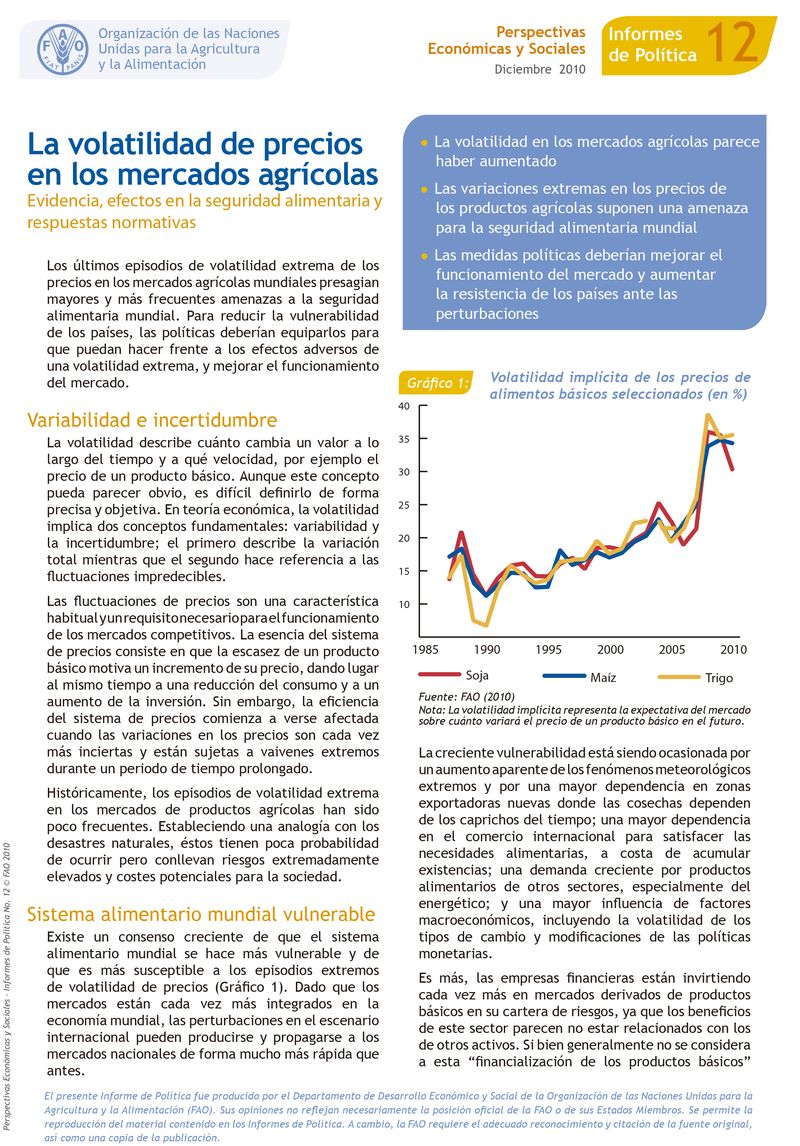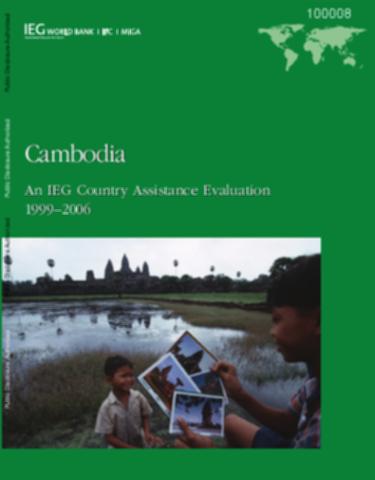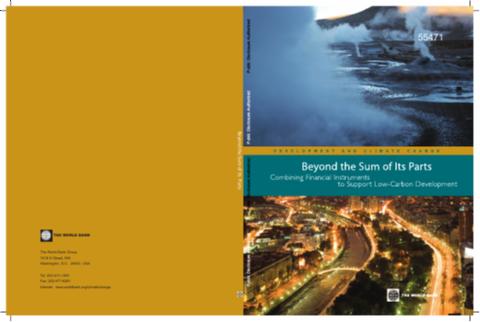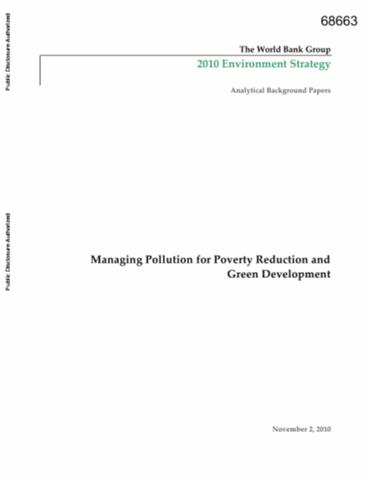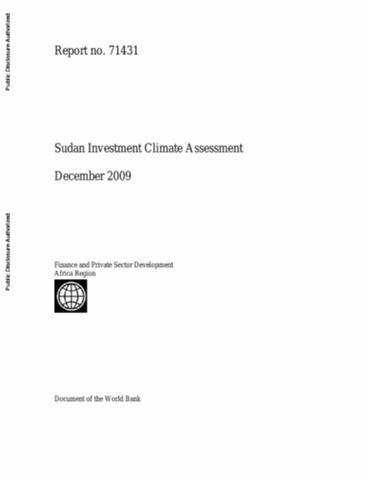Philippines Financial Sector Assessment Program Update
This technical note on access to finance addresses six questions: 1) what is the access to and use of financial services in the Philippines, how does it vary, and how does it compare to other countries? 2) What financial services are available to different market segments? 3) How do different categories of financial institutions contribute to outreach, and what is their potential to expand outreach? 4) How does the regulatory environment support access to finance? 5) What financial infrastructure is available to make credit decisions?

